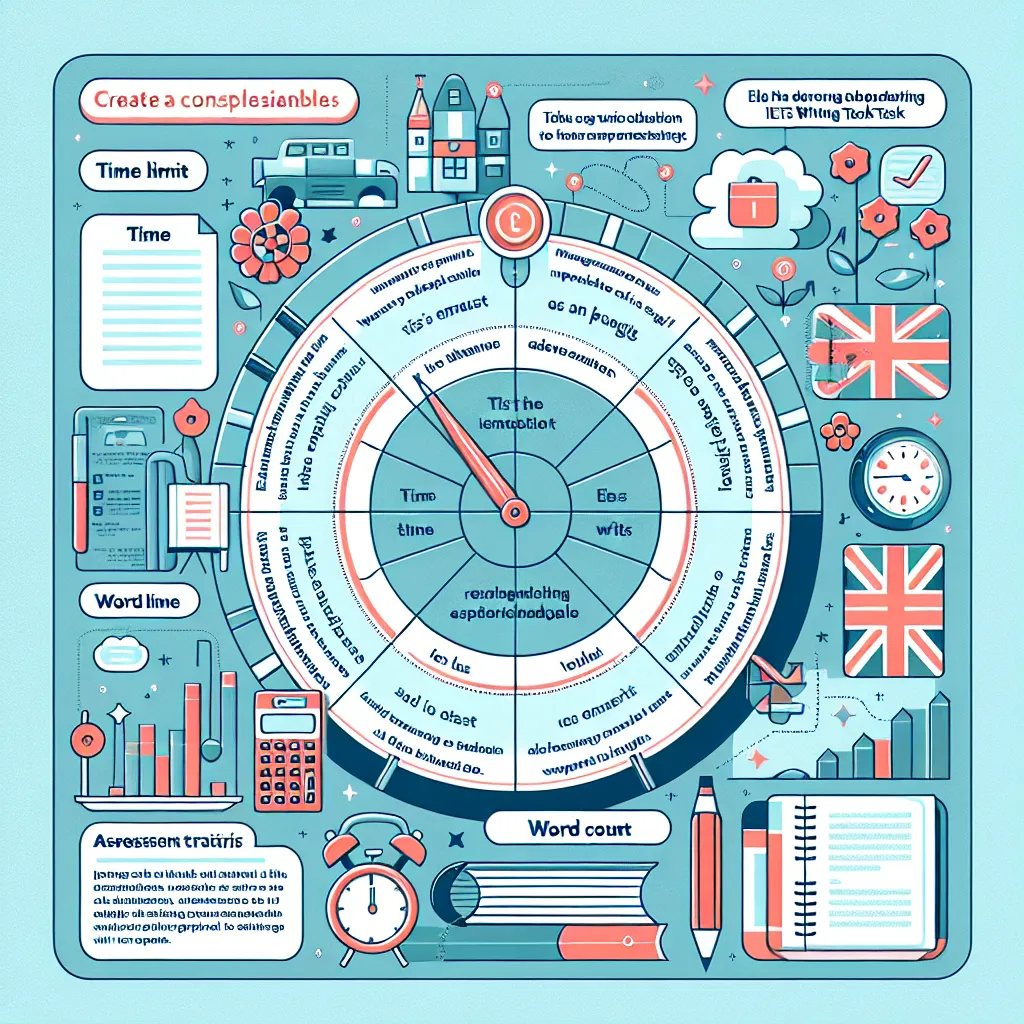Are you preparing for the IELTS exam and feeling overwhelmed by the Writing Task 1? Don’t worry! This comprehensive guide will provide you with essential tips and tricks to excel in this section of the test. Whether you’re a beginner or looking to enhance your skills, these strategies will help you approach IELTS Writing Task 1 with confidence.
Understanding IELTS Writing Task 1
IELTS Writing Task 1 is a crucial component of the Academic IELTS exam. In this task, you are required to describe, summarize, or explain information presented in a graph, table, chart, or diagram. You have 20 minutes to write at least 150 words, and your response is evaluated based on four criteria: Task Achievement, Coherence and Cohesion, Lexical Resource, and Grammatical Range and Accuracy.

Essential Tips for IELTS Writing Task 1
1. Analyze the Question Carefully
Before you start writing, take a few minutes to thoroughly analyze the visual information provided. Identify the type of visual (e.g., line graph, bar chart, pie chart, table, or diagram) and understand what it represents. Look for key trends, main features, and any significant changes or differences in the data.
2. Plan Your Response
Spend 2-3 minutes organizing your thoughts and planning your essay structure. A well-structured response typically includes:
- Introduction: Paraphrase the question and provide an overview of the visual.
- Body Paragraphs: Describe the main features and trends in detail.
- Conclusion: Summarize the key points (optional, but recommended if time permits).
3. Use Appropriate Language for Data Description
Familiarize yourself with specific vocabulary and phrases for describing data:
- Trends: increase, decrease, fluctuate, remain stable
- Comparisons: higher than, lower than, similar to, in contrast to
- Quantities: significant, slight, dramatic, marginal
Example: “The graph shows a dramatic increase in smartphone sales between 2010 and 2020, with figures rising from 300 million to 1.5 billion units sold annually.”
4. Practice Paraphrasing
Develop your paraphrasing skills to avoid repeating the question verbatim in your introduction. This demonstrates your language proficiency and helps you achieve a higher band score.
Original: “The graph shows the number of international students in Australia from 2010 to 2020.”
Paraphrased: “The line graph illustrates the trends in foreign student enrollment in Australian educational institutions over a decade, from 2010 to 2020.”
5. Use a Variety of Sentence Structures
Incorporate a mix of simple, compound, and complex sentences to showcase your grammatical range. This variety will positively impact your score in the Grammatical Range and Accuracy criterion.
Example:
- Simple: “The pie chart displays market share data.”
- Compound: “Sales increased in the first quarter, but they declined sharply in the second quarter.”
- Complex: “While the number of car owners grew steadily until 2015, there was a noticeable shift towards public transportation in subsequent years.”
6. Focus on Key Information
Remember that you don’t need to describe every single detail in the visual. Concentrate on the most significant features, trends, and changes. Aim to cover 2-3 main points in your body paragraphs.
7. Use Appropriate Tenses
Pay attention to the time frame indicated in the visual and use appropriate tenses:
- Past tense for historical data
- Present tense for current situations
- Future tense for predictions or projected data
Example: “In 2010, smartphone sales stood at 300 million units. Currently, the market has expanded significantly, and experts predict that sales will continue to grow in the coming years.”
8. Quantify Information Accurately
When presenting numerical data, be precise and use a variety of expressions to avoid repetition:
- Exact figures: “The population reached 10 million in 2020.”
- Approximations: “Approximately 25% of respondents preferred online shopping.”
- Ranges: “The temperature fluctuated between 20°C and 25°C throughout the summer.”
9. Practice Time Management
With only 20 minutes allocated for this task, time management is crucial. Allocate your time as follows:
- 2-3 minutes for analyzing and planning
- 15 minutes for writing
- 2-3 minutes for reviewing and editing
Regular practice will help you become more efficient in managing your time during the actual test.
10. Proofread Your Work
If time permits, spend the last 2-3 minutes reviewing your response. Check for:
- Grammatical errors
- Spelling mistakes
- Proper use of linking words and cohesive devices
- Overall coherence and flow of ideas
Common Mistakes to Avoid
- Giving personal opinions or speculating about reasons behind the data
- Writing less than 150 words
- Spending too much time on the introduction and neglecting the main body
- Copying the question verbatim without paraphrasing
- Overlooking significant trends or features in the visual
- Using informal language or contractions (e.g., “don’t,” “can’t”)
Next Steps for IELTS Writing Task 1 Mastery
To further improve your IELTS Writing Task 1 skills:
- Practice regularly with a variety of visual types (graphs, charts, tables, diagrams)
- Time yourself to simulate exam conditions
- Seek feedback from a teacher or experienced IELTS tutor
- Review sample answers and compare them to your own responses
- Build your vocabulary specific to data description and analysis
By following these tips and tricks and dedicating time to practice, you’ll be well-prepared to tackle IELTS Writing Task 1 with confidence. Remember, consistent effort and targeted preparation are key to achieving your desired band score. Good luck with your IELTS journey!